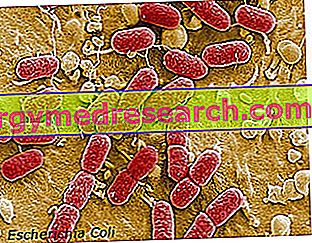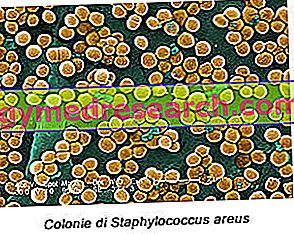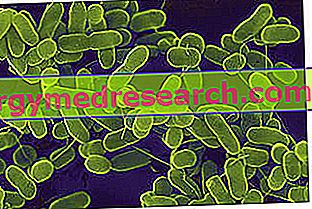Listeriosis has become a public health problem in the United States, Europe and Australia due to the increase in the number of cases resulting from the consumption of contaminated food of both plant and animal origin. Product contamination can result from both raw materials and incorrect food production, handling and storage procedures
Category food diseases
Food microorganisms Since ancient times man has been constantly looking for innovative methods to preserve his food longer. It was in 1862 when the French biologist Louis Pasteur experimented the food pasteurization process for the first time. With this innovative technique it was possible to reduce the number of pathogenic microorganisms in particular foods, at the same time improving food safety and prolonging their conservation
By Dr. Alessio Dini In 2011, first in Germany and then in France, there was a large number of food infections due to Escherichia Coli . In Germany the bacterium caused 38 deaths and infected over 3, 000 people; in France 7 children aged between 20 months and eight years were hospitalized with severe intestinal symptoms after eating hamburgers
The bacterium Staphylococcus aureus is a gram-positive, spherical, asporiginal bacterium, which is arranged in colonies giving rise to chain-shaped bacterial clusters, sometimes similar to a bunch of grapes. Staphylococcus aureus is considered a rather common saprophyte: it mainly colonizes the nasopharyngeal mucous membranes and can also be isolated at the level of the skin and its glands, and more rarely in the vagina, intestine and perineum
Yersinia enterocolitica is a Gram-negative bacterium, mobile and ubiquitous, which causes enterocolitis in humans. It belongs to the genus Yersinia, the same as the aetiological agent of the plague ( Yersinia pestis ), fortunately disappeared from all over Europe. To the species Yersinia enterocolitica belong stipites characterized by a remarkable variability in the attributes of virulence, and only some bio-serotypes are pathogenic for humans and animals
Generality Enteritis is the inflammation of the first part of the intestine (otherwise known as the small or small intestine). In most cases, enteritis has infectious origins and arises as a result of the consumption of food and / or drinks contaminated with bacteria. More rarely, inflammation of the small intestine can be caused by taking certain drugs or drugs, by anti-cancer radiotherapy or by certain inflammatory bowel diseases such as Crohn's disease
Related articles: Anisakiasis Definition Anisakiasis is a parasitosis caused by the accidental ingestion of larvae belonging to the genus Anisakis or related genera ( Pseudoterranova and Contracaecum ). It is contracted following the consumption of raw or undercooked sea fish (marinated, cold-smoked, preparations such as fish carpaccio, sushi and sashimi, etc
Related articles: Listeriosis Definition Listeriosis is an infectious disease caused by the bacterium Listeria monocytogenes , widely distributed in the environment. This micro-organism is found, in particular, in soil, forages, surface waters and fecal material. The infection is contracted mainly through the consumption of contaminated , raw or cooked foods (dairy products, ready-to-eat vegetables, meats, etc








